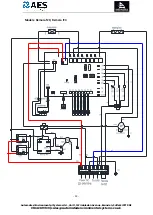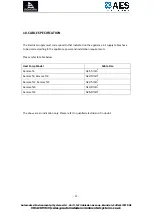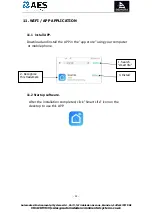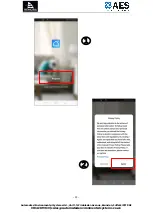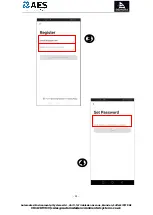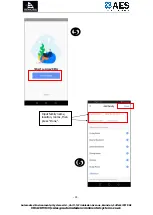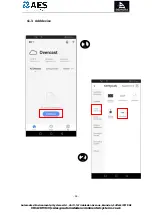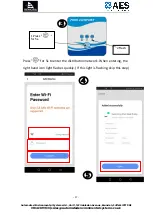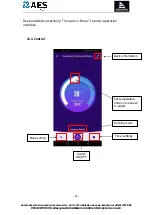
- 25 -
Detection of flammable refrigerants
Under no circumstances shall potential sources of ignition be used in the searching for or
detection of refrigerant leaks. A halide torch (or any other detector using a naked flame)
shall not be used.
Leak detection methods
The following leak detection methods are deemed acceptable for systems containing
flammable refrigerants.
Electronic leak detectors shall be used to detect flammable refrigerants, but the
sensitivity may not be adequate, or may need re-calibration. (Detection equipment shall
be calibrated in a refrigerant-free area.) Ensure that the detector is not a potential source
of ignition and is suitable for the refrigerant used. Leak detection equipment shall be set
at a percentage of the LFL of the refrigerant and shall be calibrated to the refrigerant
employed and the appropriate percentage of gas (25 % maximum) is confirmed.
Leak detection fluids are suitable for use with most refrigerants but the use of detergents
containing chlorine shall be avoided as the chlorine may react with the refrigerant and
corrode the copper pipe-work.
If a leak is suspected, all naked flames shall be removed/ extinguished.
If a leakage of refrigerant is found which requires brazing, all of the refrigerant shall be
recovered from the system, or isolated (by means of shut off valves) in a part of the
system remote from the leak. Oxygen free nitrogen (OFN) shall then be purged through
the system both before and during the brazing process.
Removal and evacuation
When breaking into the refrigerant circuit to make repairs or for any other purpose
conventional procedures shall be used. However, it is important that best practice is
followed since flammability is a consideration. The following procedure shall be adhered
to:
. Remove refrigerant;
. Purge the circuit with inert gas;
. Evacuate;
. Purge again with inert gas;
. Open the circuit by cutting or brazing.
The refrigerant charge shall be recovered into the correct recovery cylinders. The system
shall be "flushed" with OFN to render the unit safe. This process may need to be repeated
several times. Compressed air or oxygen shall not be used for this task.
Flushing shall be achieved by breaking the vacuum in the system with OFN and continuing
to fill until the working pressure is achieved, then venting to atmosphere, and finally pulling
down to a vacuum. This process shall be repeated until no refrigerant is within the system.
Automated Environmental Systems Ltd., Unit 1, 1 Wimbledon Avenue, Brandon, Suffolk IP27 0NZ
01842 819130 | [email protected]




















